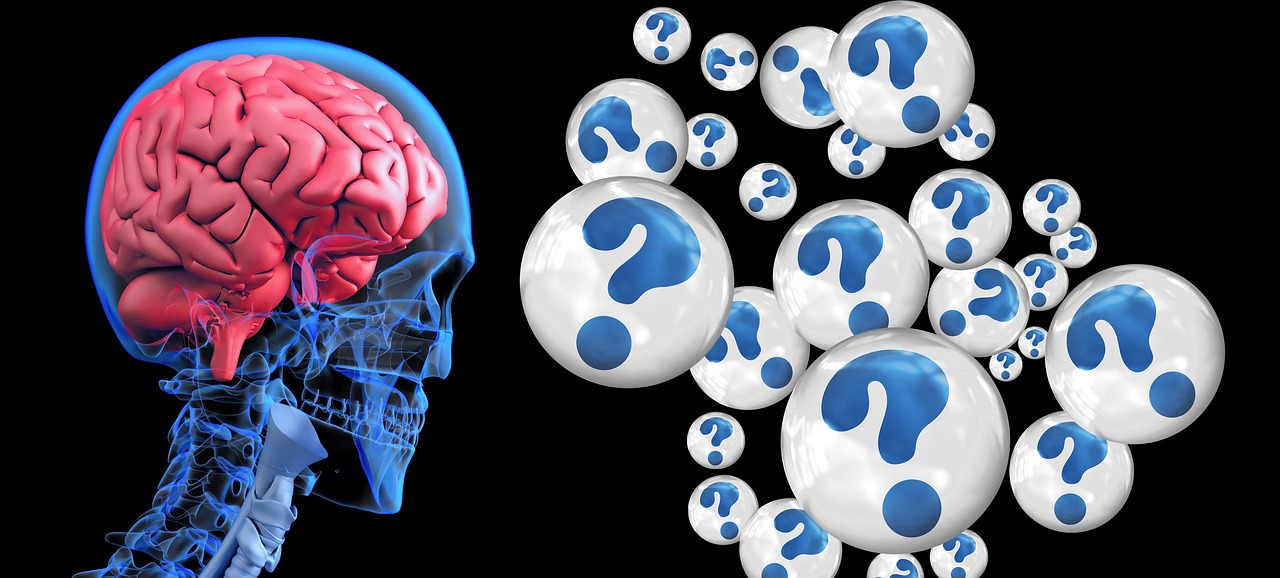
Even though humans and chimpanzees share 99 percent of their DNA, it’s in the brain that they differ. Our brains are three times larger at 1,400 cubic centimeters. Our neocortex is larger; that’s the brain’s outer layer where high-order functions like reasoning, abstract thought, and language happen.
The prefrontal cortex is disproportionately larger and is the source of complex problem-solving, empathy, and cultural practices. The left and right sides of the brain are connected by the corpus callosum, which enhances communication between the two sides. Plus humans possess high levels of brain plasticity compared to other primates. That’s when our neural circuits adapt and rewire themselves based on experience.
What we’re learning is that while brain size matters, organization and connectivity within the brain may be more important. This new work centered on constructing connectivity blueprints in humans, chimps and macaques using MRI data. They found key connectivity differences in the prefrontal cortex and surprisingly, in other regions of the brain. The temporal cortex, a region above the ear that handles sensory information, was among the most heavily connected.
So, on top of being larger, human brains have a higher degree of synaptic density and neural connectivity than other primates. Scientists believe that instead of one large change, it was a bunch of small evolutionary changes that built our dominant brains.
More Information
We’ve finally discovered how your brain differs from a chimp’s: new study
Turns out that our brains are quite unique compared to our closest animal relatives – if you look hard enough.
Connectivity Profile and Function of Uniquely Human Cortical Areas
Understanding what makes the human brain unique requires direct comparisons with other primates, particularly our closest relatives. Using connectivity blueprints, we compared the cortical organization of the human brain to that of the macaque and, for the first time, the chimpanzee. This approach revealed human-specific connectivity patterns in the temporal and parietal lobes, regions linked to language and social cognition.
DNA: Comparing Humans and Chimps
The chimpanzee and bonobo are humans' closest living relatives.